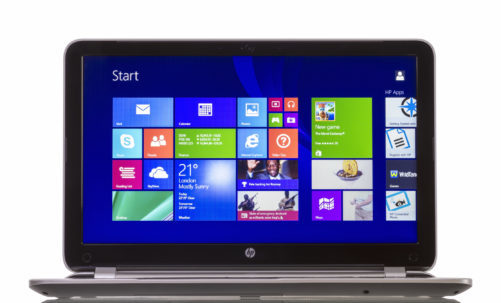
Windows users: Why you need the latest operating system
Despite being the world’s favorite operating system for over three decades, businesses have traditionally been stubborn when it comes to switching to new Windows editions. It’s not entirely without reason either. Some iterations of Windows have been downright awful to the point of causing serious disruption not just for early adopters, but for everyone who chose to upgrade. However, Windows 10 has been around for a while now, and it’s safe to say that it’s definitely time to upgrade. Here’s why:
#1. Windows 7 is nearing end of support
We’re not even going to talk about Windows 8, which was a technological atrocity that should never have seen the light of day. However, in December last year, Windows 7 still enjoyed a hefty market share of 36.9% making it one of Microsoft’s most successful operating systems ever. Unfortunately, the nine-year-old OS is nearing the end of its support life cycle. When that happens, there won’t be any more security updates, and users will be leaving their computers vulnerable to hackers and malware.
#2. Older operating systems lack interoperability
Whereas Microsoft failed miserably in its first attempt to build an operating system that looked and acted the same on desktops as it did on mobile devices, Windows 10 actually does a pretty good job when it comes to interoperability. The interface automatically adapts to the screen or device it’s being displayed on, displaying the start menu on a desktop computer and the start screen on a tablet. Now that businesses are becoming increasingly reliant on mobile technology while still favoring desktops for productivity, that’s an important benefit to have.
#3. Stop paying for upgrades every two years
Yes, Windows 10 Pro costs $199.99, but that should be the last time you’ll ever need to pay for a desktop operating system. That’s because Windows 10 is delivered as a service rather than a product whereby you pay for major version upgrades. To that end, Windows 10 is often dubbed the ‘last version of Windows,’ even though it’s continually updated. However, if your computers are still running Windows 7, they probably need upgrading anyway. Fortunately, most new machines come with Windows 10 preinstalled at no extra cost.
#4. Place security and privacy first
If you’re running an operating system that’s no longer supported, you’ll be doing an enormous disservice to your customers, employees, and the very integrity of your brand. An unsupported OS is one that no longer receives critical security updates, thereby leaving it open to hackers and malware infections.
Windows 10, however, is always kept up to date and widely protected from threats both new and old. If anything, you should upgrade for better data security.
#5. Configure business computers faster
Setting up new computers is a pain, at least if you’re doing it manually. Every time you buy a new machine, you’ve got to configure it and choose which features you want to enable. The Education, Enterprise, and Professional editions of Windows 10 come with a new feature called Autopilot, which lets you preconfigure systems, upload your settings to the cloud, and apply them to any new computer automatically. It also makes self-service support and device resetting much easier all while aligning with your company goals.
Red Key Solutions provides technology solutions that drive business success. Call us today to start getting the support you need.





